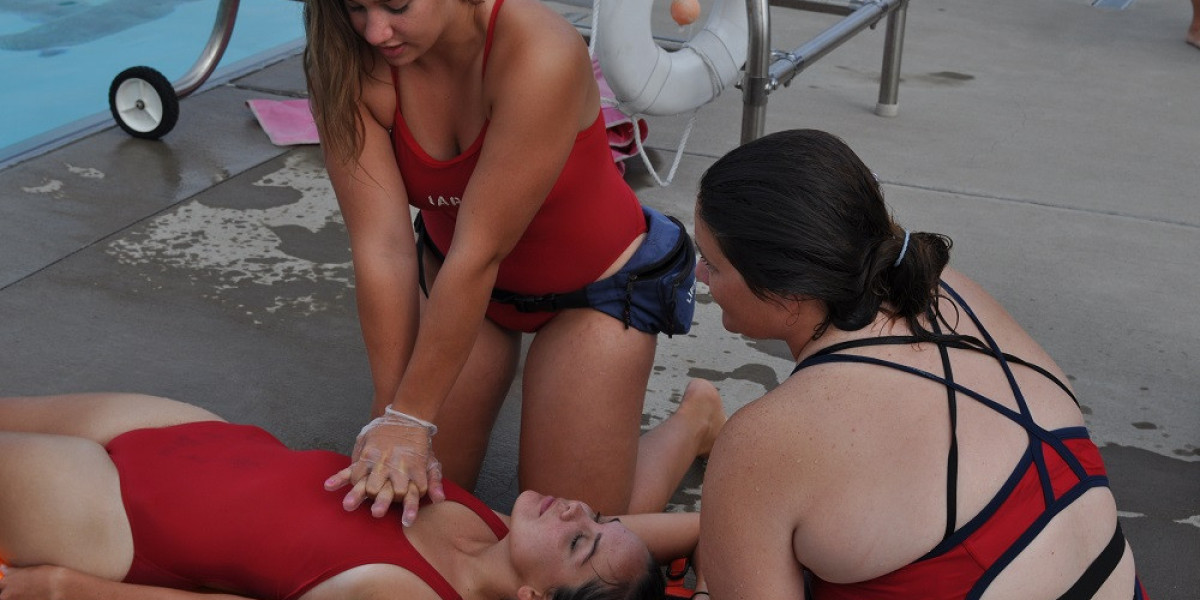Lifeguards play an essential role in maintaining safety at pools, beaches, and water parks. Their training is rigorous, equipping them with the skills needed to save lives and prevent accidents. However, this training is not a one-time affair. To ensure that lifeguards remain competent and up-to-date with the latest safety protocols and techniques, recertification is necessary. Lifeguard recertification is a critical process that guarantees lifeguards continue to perform at their best, safeguarding the public with the highest standards of safety and proficiency.
Understanding Lifeguard Recertification
Lifeguard recertification is a process whereby currently certified lifeguards renew their certification, typically every two years. This process involves reviewing and updating essential skills, ensuring that lifeguards remain proficient in their roles. Recertification programs cover various aspects of lifeguarding, including CPR, first aid, water rescue techniques, and emergency response strategies.
The Importance of Lifeguard Recertification
Maintaining Skills and Knowledge: Lifeguarding is a dynamic field with continuously evolving best practices and protocols. Regular recertification ensures that lifeguards are familiar with the latest techniques and safety measures.
Legal and Regulatory Compliance: Many states and organizations require lifeguards to maintain up-to-date certification to legally perform their duties. Recertification ensures compliance with these regulations, protecting both the lifeguards and their employers from potential legal issues.
Confidence and Competence: Regularly refreshing their training boosts lifeguards' confidence in their abilities. This confidence is crucial in emergency situations where quick, decisive action is required.
Public Trust: When the public knows that lifeguards are regularly recertified, it enhances trust in the lifeguards’ ability to protect them. This trust is vital for the overall reputation of the facility and its commitment to safety.
Lifeguard Recertification Process
The recertification process typically involves a combination of online coursework and in-person training. This blended approach ensures that lifeguards can review theoretical knowledge at their own pace while also practicing hands-on skills under the supervision of experienced instructors.
Steps in the Recertification Process
Enrollment: Lifeguards must first enroll in a recertification course. Many organizations offer these courses, but it is crucial to choose a reputable provider, such as the American Lifeguard Association (ALA).
Online Learning: The initial phase often involves online modules that review essential knowledge areas, including updates on CPR, AED use, and first aid.
In-Person Training: Following the online coursework, lifeguards participate in in-person training sessions. These sessions focus on practical skills, ensuring that lifeguards can effectively perform rescues, administer first aid, and use emergency equipment.
Assessment: The final step is an assessment, which may include both written and practical exams. This assessment ensures that lifeguards have retained the necessary knowledge and can apply it effectively.
The Best Lifeguard Recertification by ALA
The American Lifeguard Association (ALA) offers one of the most comprehensive and respected lifeguard recertification programs in the United States. The ALA's program stands out for several reasons:
Comprehensive Curriculum: The ALA recertification program covers all critical areas of lifeguarding, including advanced CPR techniques, first aid, water rescue skills, and the use of automated external defibrillators (AEDs).
Experienced Instructors: The ALA employs highly experienced instructors who bring real-world knowledge and expertise to the training sessions. These instructors ensure that lifeguards not only understand the theory but can also apply it effectively in real-life situations.
Flexible Learning Options: The ALA offers a blend of online and in-person training, making it convenient for lifeguards to complete their recertification. This flexibility is especially beneficial for those with busy schedules.
Focus on Practical Skills: The ALA places a strong emphasis on practical skills, ensuring that lifeguards are well-prepared to handle emergencies. The in-person training sessions are designed to simulate real-life scenarios, giving lifeguards the confidence and competence they need.
High Standards: The ALA maintains high standards for its recertification program, ensuring that only the best-prepared lifeguards receive certification. This commitment to excellence helps maintain the integrity and reputation of the lifeguarding profession.
Tips for Successful Recertification
Stay Informed: Regularly review lifeguarding materials and stay updated on the latest safety protocols and techniques. The more you know, the better prepared you will be for the recertification process.
Practice Regularly: Make it a habit to practice your lifeguarding skills, even when not on duty. This continual practice helps keep your skills sharp and ensures you are ready for any situation.
Engage in Continuing Education: Take advantage of additional training opportunities and workshops. Engaging in continuing education not only prepares you for recertification but also enhances your overall expertise and value as a lifeguard.
Network with Other Lifeguards: Connecting with other lifeguards can provide valuable insights and tips. Sharing experiences and learning from peers can enhance your skills and knowledge.
Choose the Right Program: Selecting a reputable recertification program, such as the one offered by the ALA, is crucial. A well-structured program ensures you receive the best training and are well-prepared for your duties.
Conclusion
Lifeguard recertification is an essential process that ensures lifeguards maintain their skills and knowledge, comply with legal requirements, and provide the highest level of safety to the public. The American Lifeguard Association's recertification program stands out as one of the best, offering a comprehensive curriculum, experienced instructors, flexible learning options, and a strong focus on practical skills. By staying informed, practicing regularly, engaging in continuing education, networking with peers, and choosing the right program, lifeguards can successfully navigate the recertification process and continue to excel in their vital roles.








